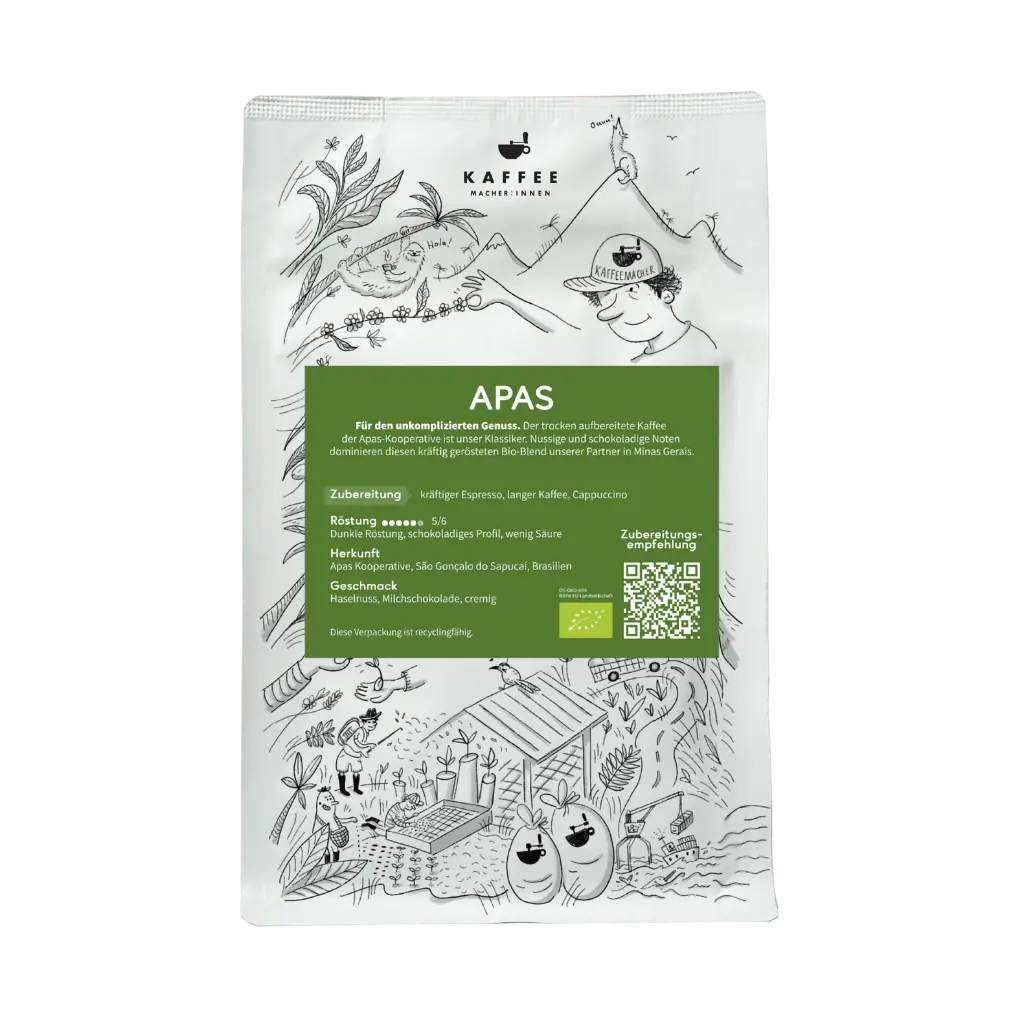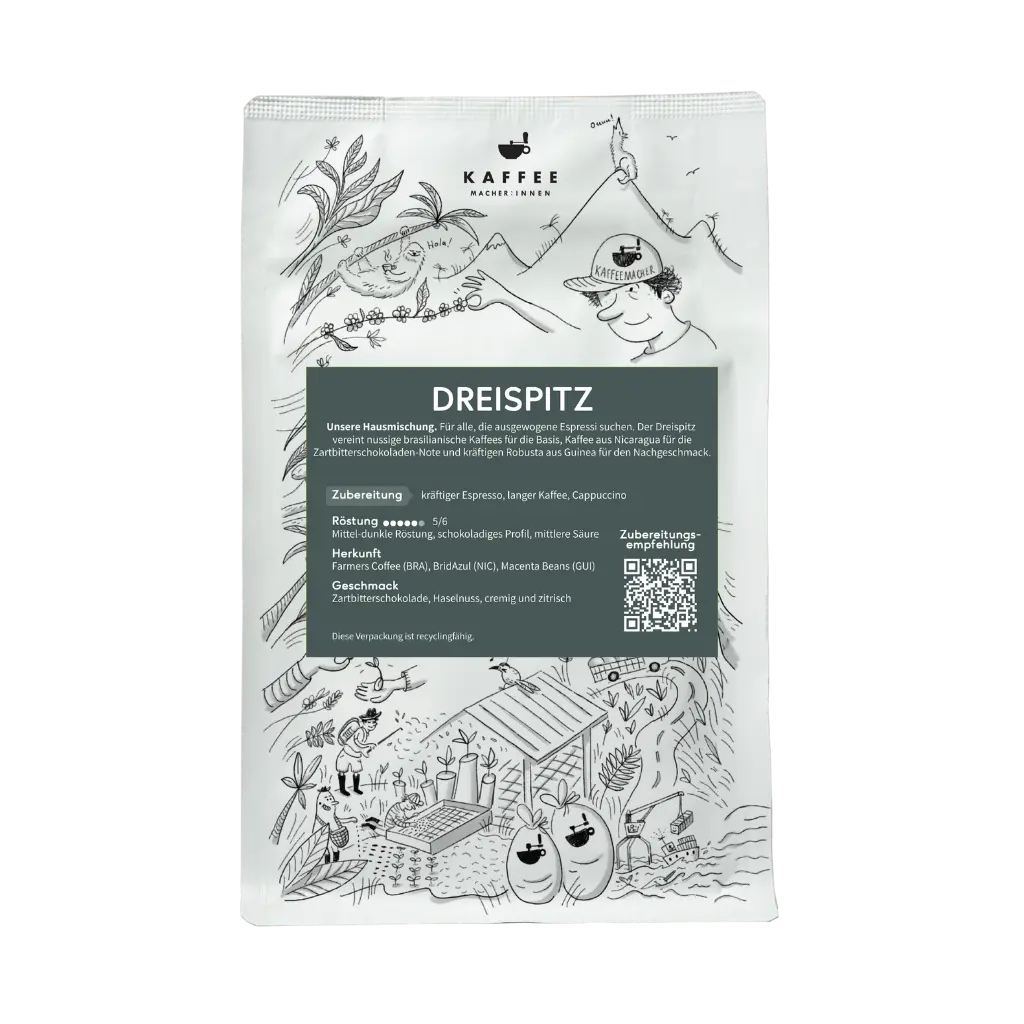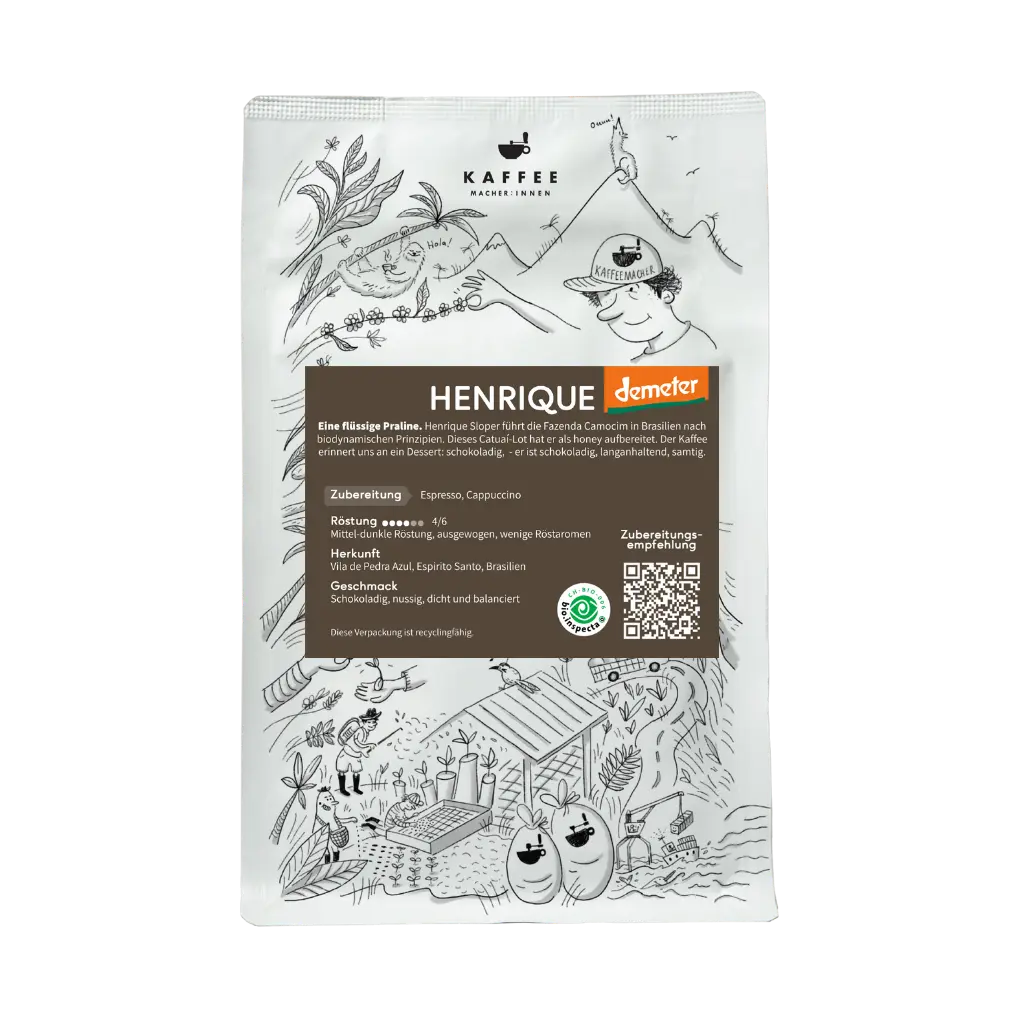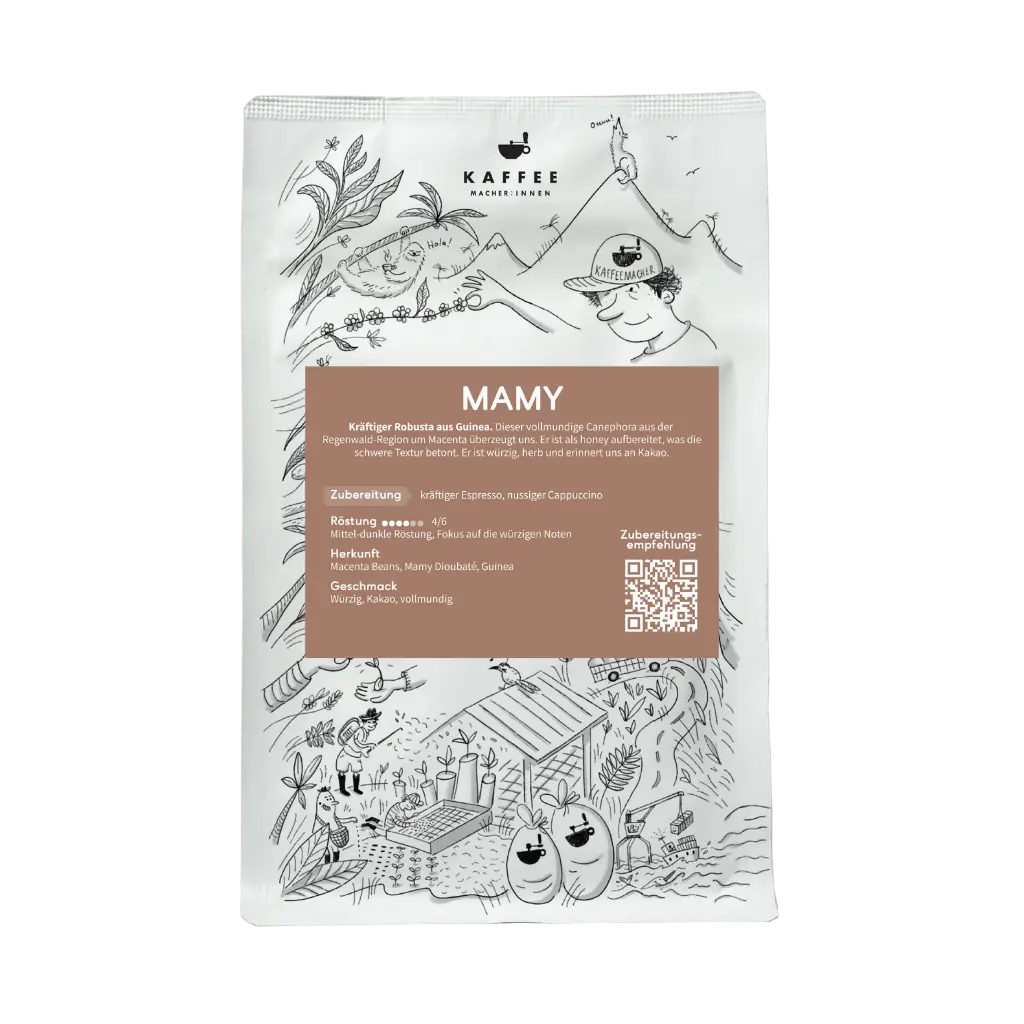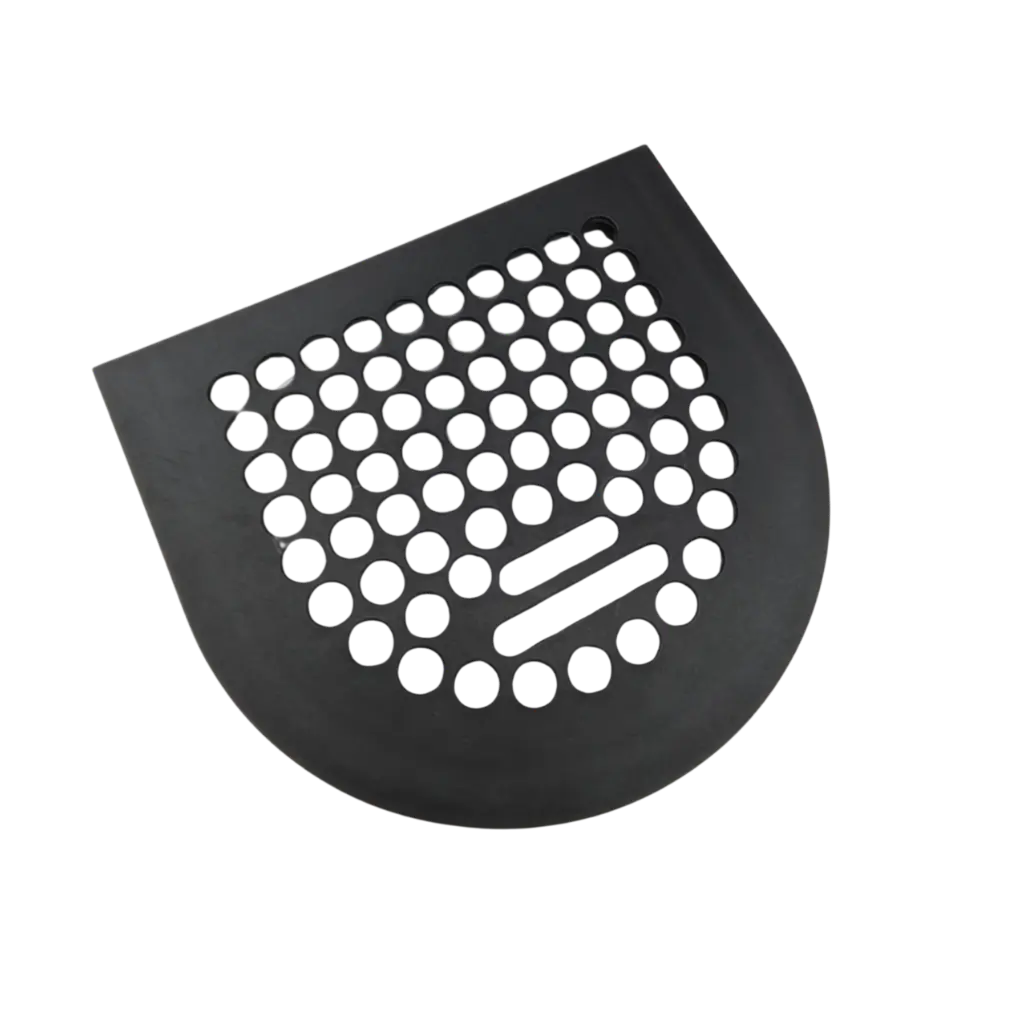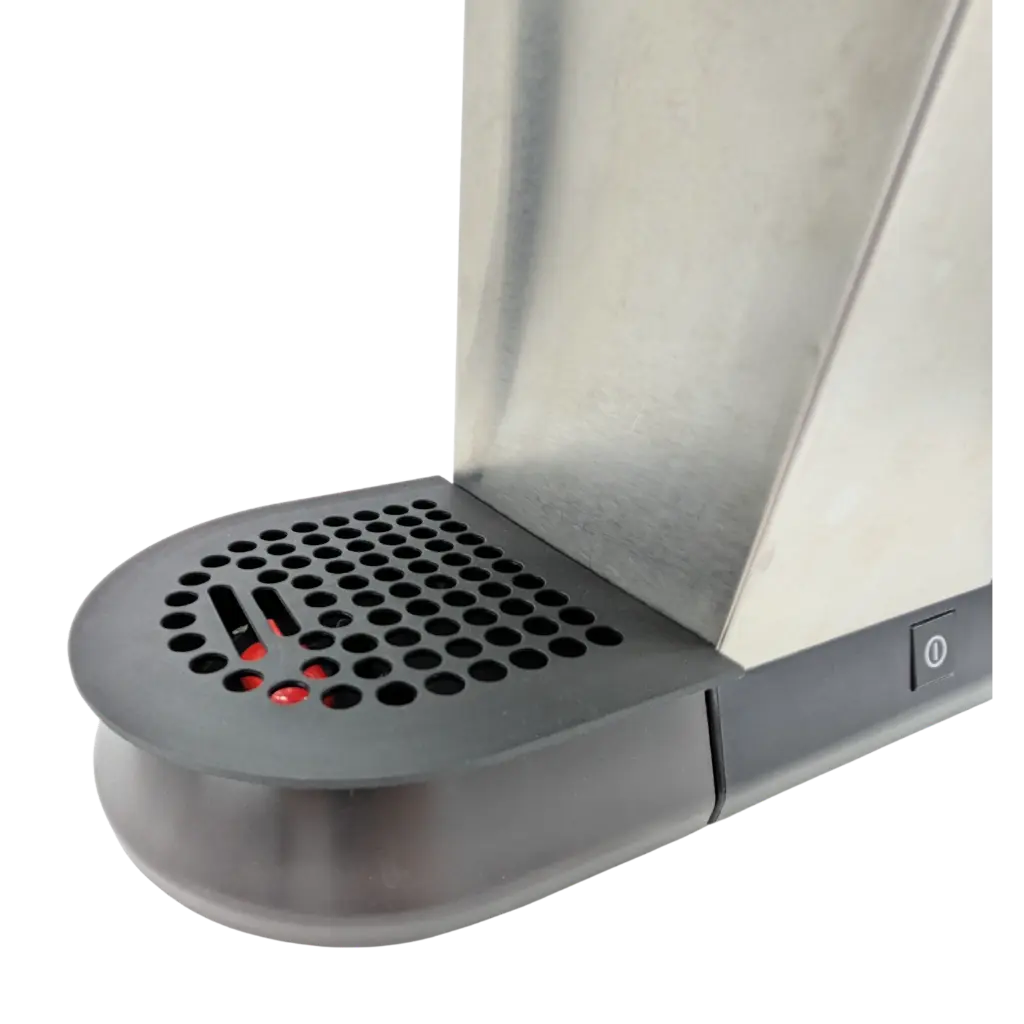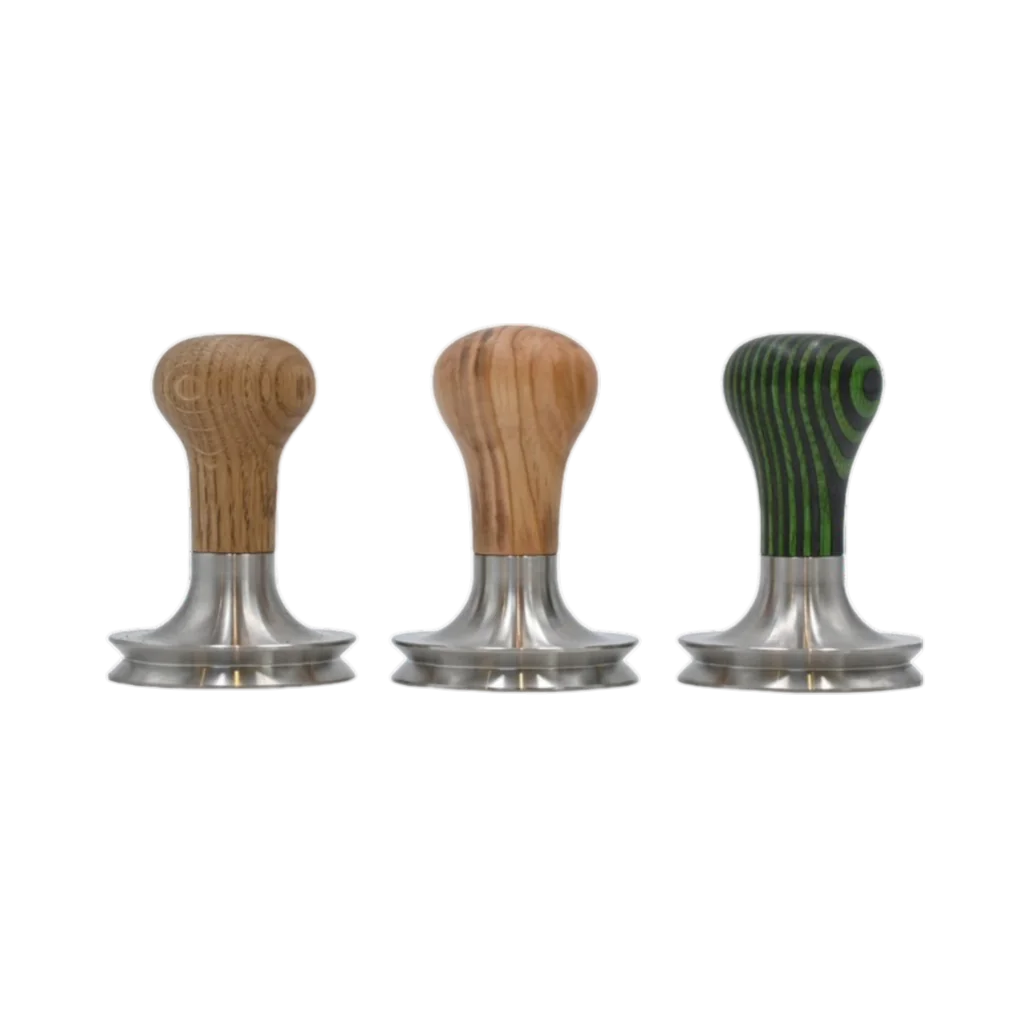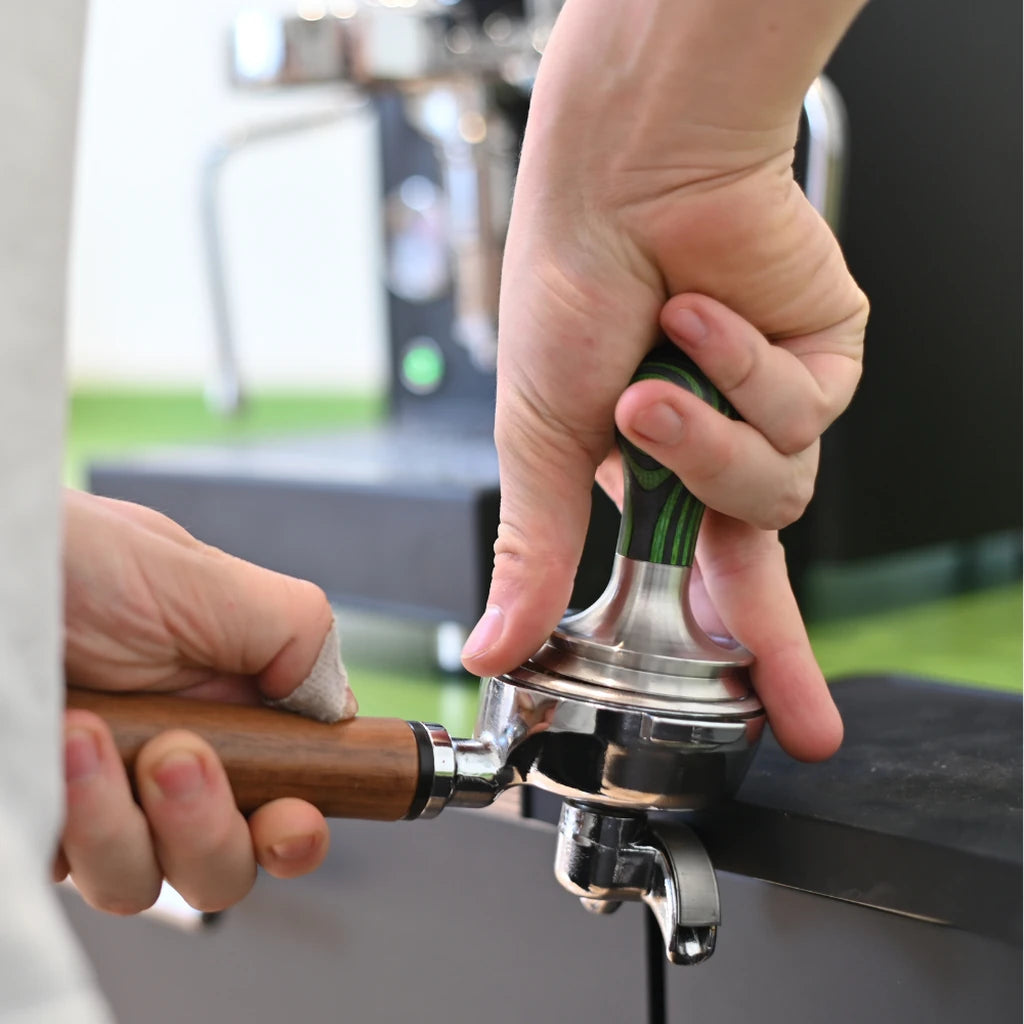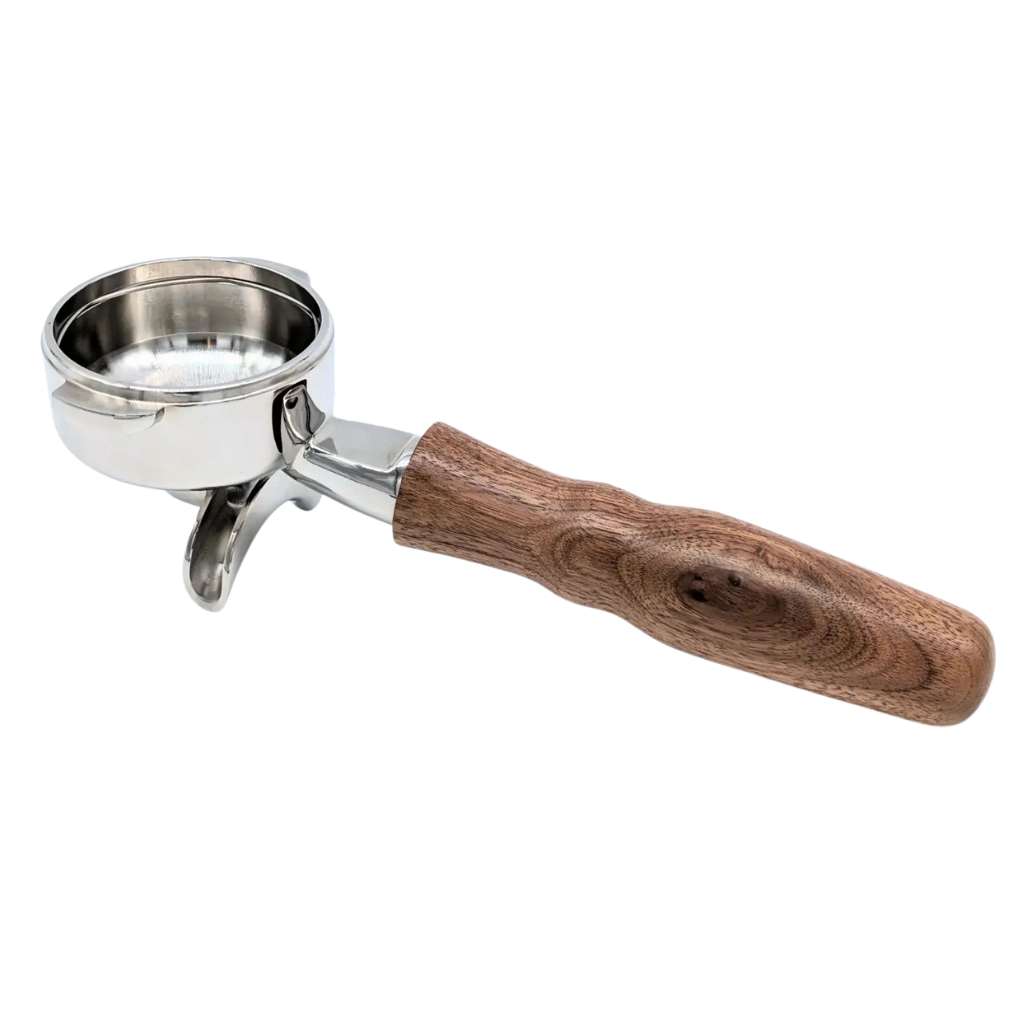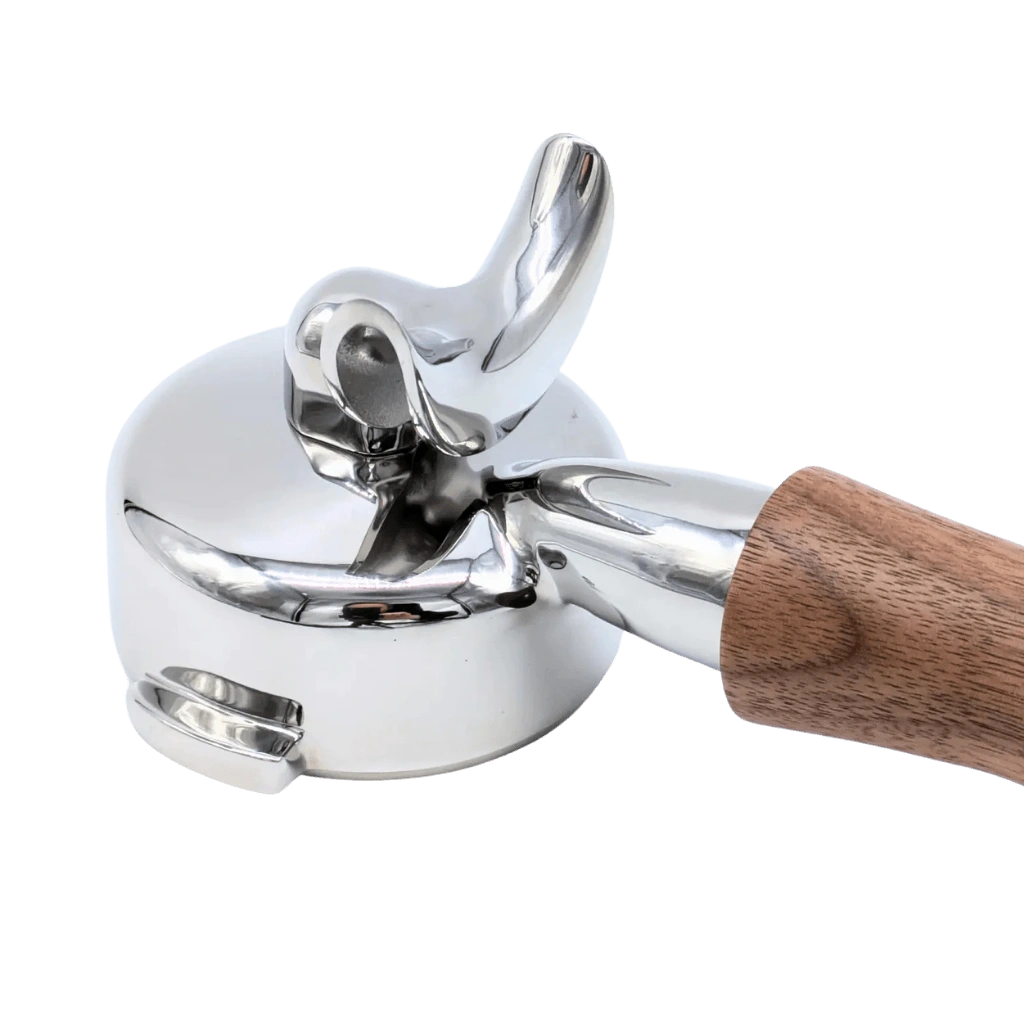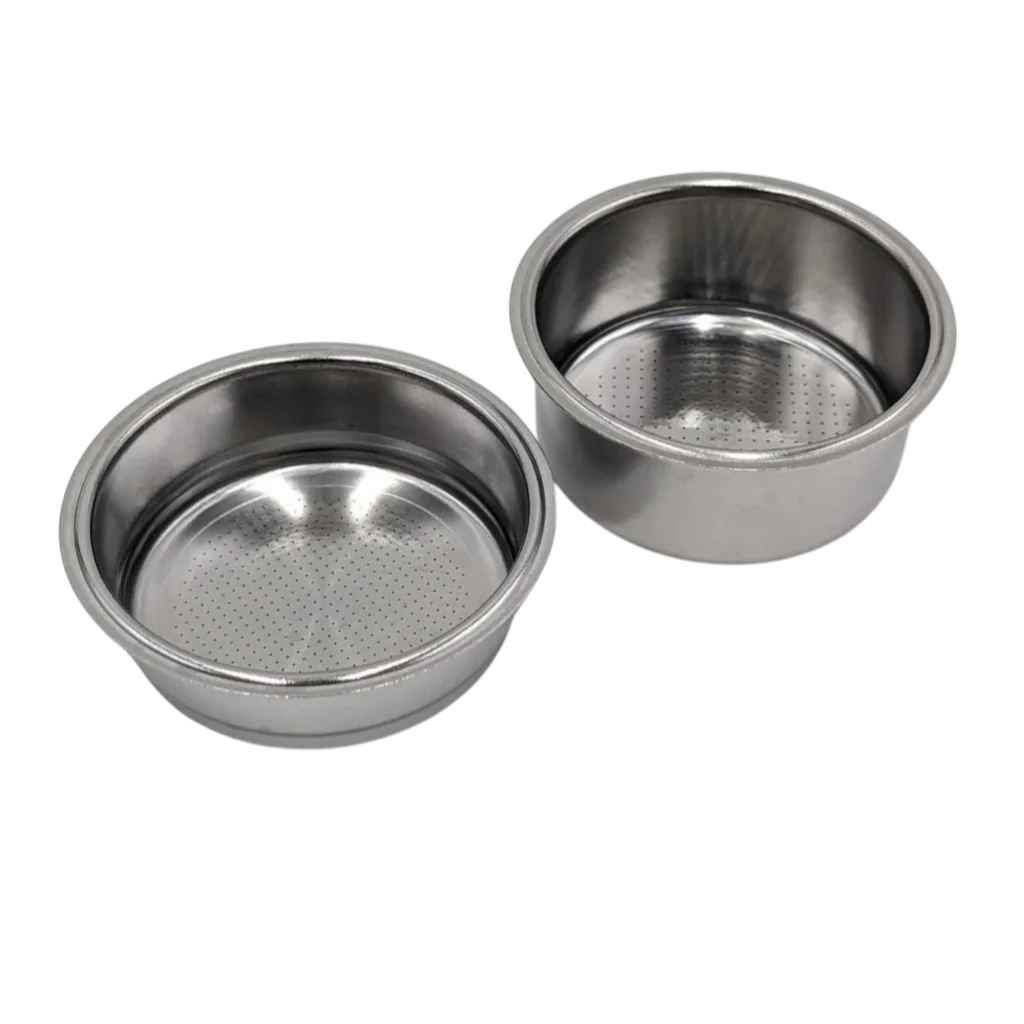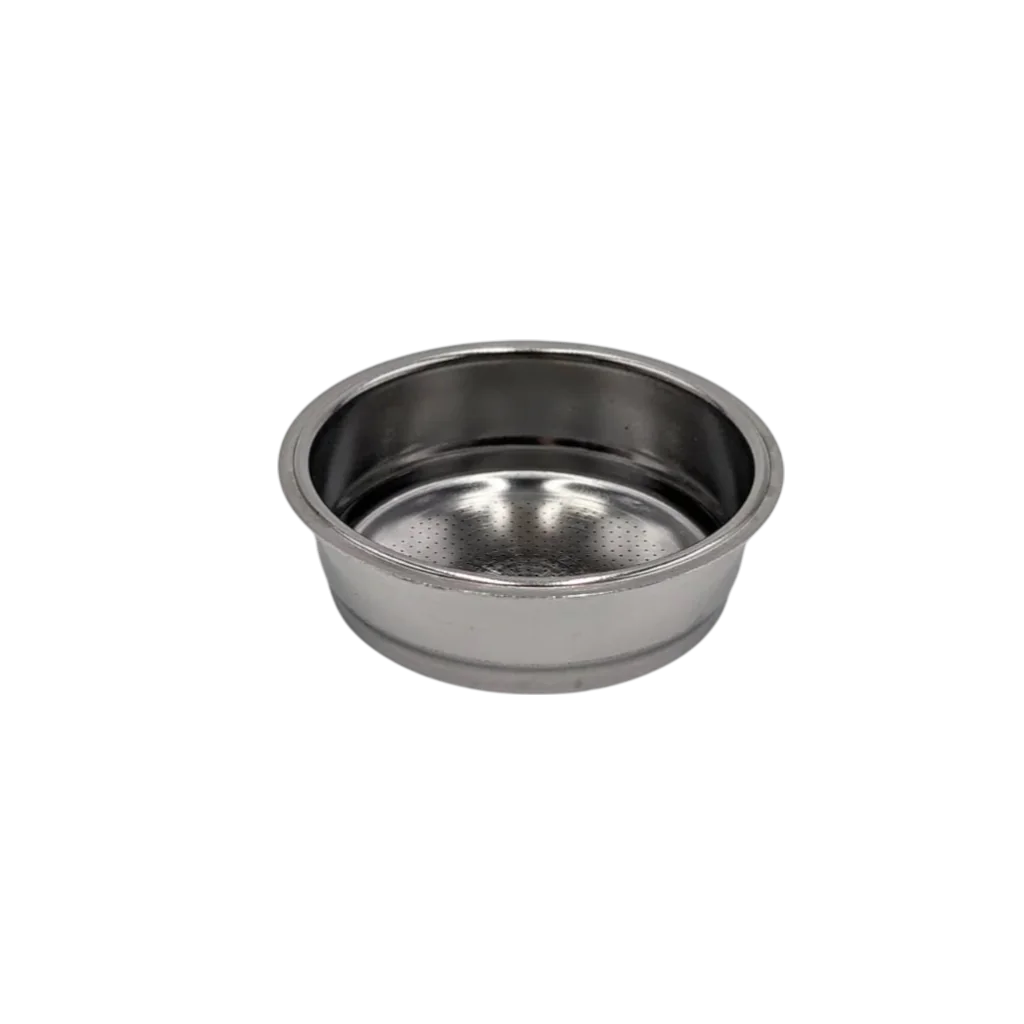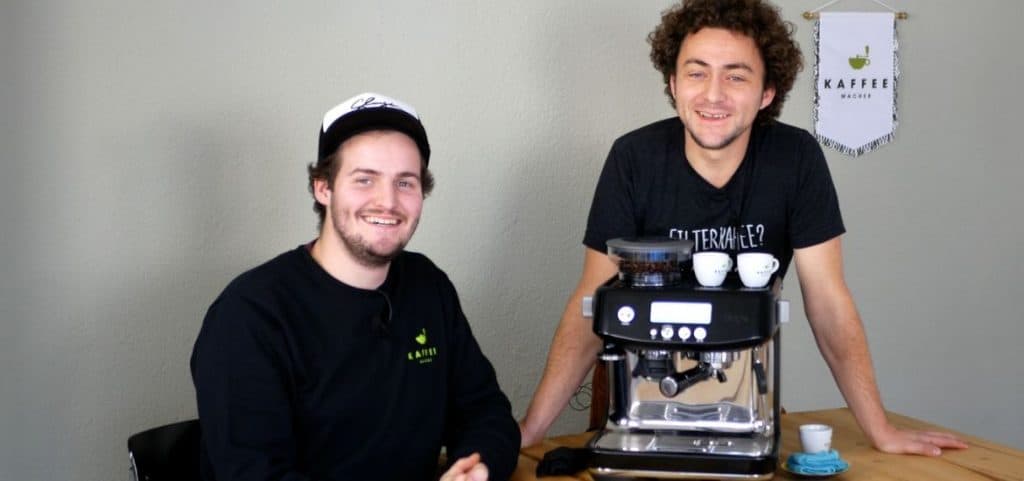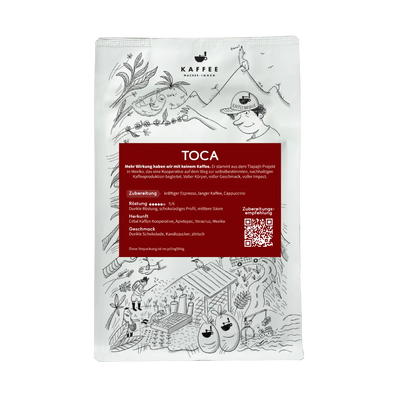The Sage SES 878 Barista Pro promises good espresso at a reasonable price. An espresso machine with an integrated grinder for €650 (CHF 800). That's quite a lot, and if the espresso tastes good, this combination is truly interesting.
NEW: Check out the Sage Barista Touch review.
As coffee makers, it's important to us that you can make good coffee with simple means—and that means without spending thousands of Swiss francs. That's why we also take a close look at affordable espresso machines. We're all about making good coffee by any means, as accessible as possible. That's why we've already tested the Delonghi Dedica EC 685 and also taken a close look under the hood of the Rancilio Silvia . You can find an overview of common espresso machine types here.
NEW ARTICLE: Tips and questions Sage Barista Pro, Express and co.
Name chaos – who can explain it?
Before we delve into the machine's details, we first need to clarify its type and name. In this respect, the machine is more complicated than its operation. In Switzerland, the Barista Pro now operates under the brand name of the Australian manufacturer Sage. Not long ago, the Sage models were available as Solis machines. In German-speaking countries, they were also known as Gastroback, while the English-speaking world calls them Breville. Under new management in Europe, a standardization process has begun .
In an increasingly globalized world, this is a long overdue step. You can already see the chaos on YouTube when you search for reviews of the machine. You find a lot if you type in the different names – but is this exactly the machine I need? This led to a lot of uncertainty among customers.
Compact but with all kinds of cargo
One of the biggest advantages of this coffee machine is that everything is contained under one hood. And all this in a space measuring just 39.5 cm wide, 39.2 cm deep, and 42.2 cm high. An espresso grinder with a conical grinder is built in, as is the entire brewing unit. Even the included tamper can be practically sunk into the coffee machine. The water tank has a capacity of an astonishing 2 liters. The bean container holds 250 grams. In our opinion, that's the perfect amount for a coffee bag—at least for home use. 1 kg bags are often opened before use, absorbing air and tending to cause the coffee to go rancid.
The LCD display on the front provides the most important information, and the grinder can be easily adjusted using the dial. The included milk jug can be placed on top of the machine. And the complete setup is complete. It's about 40 cm square. That's what we call compact—super compact, in fact!

Tip: If you buy this espresso machine, you can get started right away. All you need is a container for old coffee, otherwise you're complete.
The conical espresso grinder
We regularly preach: a good grinder is the prerequisite for good espresso. First of all, we think it's bold and good that Sage is now installing a grinder. Brave, because even renowned grinder manufacturers fail when it comes to good grinders. Furthermore, a grinder in an espresso machine carries the risk of overheating. The heat from the espresso machine can cause the grinder to heat up, and in the worst case, even become damp.
When it comes to heat, one of the Sage Barista Pro's weaknesses is actually an advantage. Thanks to its proprietary Thermo-Jet heating principle, the heat isn't distributed throughout the entire body of the espresso machine. For example, the cups on the espresso machine aren't heated either. This is a disadvantage for the cups, but an advantage for the grinder.
After 10-15 consecutive espressos, we noticed a slight warming of the dispensed coffee grounds to around 30 degrees Celsius. This is perfectly acceptable. The more coffee is ground, the more clumps the machine produces. A proper level and tamping are necessary to avoid the risk of channeling .
Mastering the amount of coffee powder
The grinding quantity fluctuated over 10 grindings within an average range. Average compared to grinders in the under €800/1000 CHF range. For our test, we weighed 18.2 / 18 / 18.4 / 18.1 / 18.6 / 18.5 / 18.3 / 18.4 / 18.5 / 18.4 grams.
The grind itself can be adjusted to 30 different levels using a dial to the left of the machine. The current grind is shown above the display, as is the current grind time. The grind time can be set in seconds, but only in increments of 0.5 seconds. Our target grind time was actually 18 grams. With a grind time of 13.5 seconds, we took the measurements described above. With a grind time of 13 seconds, the coffee grounds dispensed averaged 17.7 grams.
 Display Sage Barista pro
Display Sage Barista pro
The fact that a more precise setting isn't possible can easily be addressed by adjusting the water quantity. However, the machine could be improved without much effort by allowing more precise selection of the grind. We hope Sage will do this in the next revision.
Espresso sieves and fake sieves
Four sieves are supplied with the Sage. For serious coffee makers, only the two sieves with actual openings are of interest. Two of the included sieves simulate multiple openings, but in fact only have a tiny opening. They are intended for "pre-ground coffee." In this case, the brewed coffee is pressed through a double-walled base and then through a tiny hole. This creates crema even with old, pre-ground coffee. This simulates to the eye that the coffee is good. However, crema alone is not a sign of quality in coffee – if only because of sieves like these. Anyone using pre-ground coffee on this espresso machine is doing something wrong. After all, the grinder is built in!
 What looks like a normal sieve is actually just a hole.
What looks like a normal sieve is actually just a hole.
A "regular" single-cup and double-cup sieve are also included. We recommend the double-cup sieve. Get used to working with it. When in doubt, drink more coffee or always brew a cup for your office neighbor. The espresso quality and reproducibility of the double-cup sieve are significantly better!
Mastering the dosage
Sage specifies the dosage for the 2-cup portafilter as 19 to 22 grams. We only managed to get 18 grams of coffee into it, and we advise against trying that. You won't gain any added value by squeezing in more coffee while the espresso machine's spray is already pressing down on the ground coffee. As soon as the ground coffee comes into contact with water, it expands again. The risk of channeling is extremely high if you overfill the portafilter like that.
Therefore, work with a maximum of 18 grams, or better yet, 17.5 grams. This also reduces the problem of filling the sieve. When you press the portafilter against the grinder's release mechanism, the grinding begins. If you don't interrupt it, it will grind for the selected 13 seconds. The portafilter itself has a diameter of 53 mm. Sage states 54 here – but our 54 is more like 53. The powder has less room to fall and distribute properly in such a narrow portafilter. As a result, it forms a mountain on the portafilter and some of it falls to the side. This can be seen very clearly in our video, which is embedded at the top of the page ( minute 11:49 in the video ).
However, this can be interrupted by pressing the grinder's release button again. Tapping the portafilter on the countertop in between will cause the grounds to collapse slightly, creating more space for the coffee. In the video, Felix repeats this process three to four times to fill the portafilter with the required 18 grams.
Instead of interrupting the 13-second brewing cycle, we recommend programming the brewing cycle directly for, say, three times 4 seconds. We've found more precise coffee brewing results using this method than interrupting the 13-second brewing cycle.
After leveling and tamping, the espresso extraction follows. Speaking of leveling, Sage includes a leveler, but we couldn't use it at the high fill levels Sage suggested.
Brewing and coffee quality
The grinder, in fact, performs the most important part of the work. What follows is the brewing process, i.e., the continuous addition of the water at a brewing temperature that is as constant as possible. The Sage SES 878 Barista Pro operates with pre-infusion as standard. It therefore initially adds a small portion of the brewing water to the coffee grounds without applying any pressure. The use of such a technology is a matter of philosophy. We like to say: what matters is what's in the cup. You can make good coffee with and without pre-infusion.
Our coffees tasted inconsistent after we set the machine's temperature to its lowest setting. We still measured peak temperatures of over 98 degrees Celsius. However, these temperatures cooled down relatively quickly and settled at around 96 degrees Celsius before dropping further. The machine delivered 9.5 bar of pressure throughout the entire brewing process without a hitch.
The espressos I made were too bitter and unbalanced at high brewing temperatures. With the brewing temperature adjusted, the taste was fine.
The amount of water can be set and adjusted. This is important, by the way, as it allows you to better accommodate the reduced amount of coffee. The brewing ratio depends on the roast and the coffee. For our coffees, we recommend a ratio of 1:2.5, which means, for example, that 17 grams of coffee are used for a double espresso and 2.5 times the amount is brewed, or 42.5 grams.
It is hard to warm up any faster
What's truly impressive is how quickly the espresso machine heats up. After switching it on, it's ready to brew in around 3 seconds! This is a real plus for anyone who wants to make a quick coffee. However, there's one thing to keep in mind: While the espresso machine's Thermo-Jet warming device is ready, the portafilter and other materials aren't yet warmed up. If you start brewing now, you'll lose heat to the portafilter and the static. Therefore, be sure to brew at least one shot with the portafilter in place, without any coffee. This warms up the machine, and the espresso will taste great from the very first shot.
 Practical. This makes it easy to know when the drip tray needs emptying.
Practical. This makes it easy to know when the drip tray needs emptying.
Froth milk and make cappuccino
The Sage SES 878 Barista Pro also makes quite decent milk foam—if you're good at it. This is the perfect basis for all espresso-milk blends like cappuccino and latte macchiato.
Here, too, the machine's switching speed is impressive. The espresso has just been brewed, and the machine is now ready for milk. This is triggered with a dial to the right of the machine. The hot water should be drained briefly, then the frothing can begin.
The machine is relatively low-powered. This slows down the frothing process—which is good for beginners. You have more time to find the right position and don't have to stress as much as you would with machines that require more pressure. On the other hand, it's also more difficult to get the entire milk swirling and thus break up the bubbles. But it's absolutely possible, and our video on latte art can help you with that.
The included milk jug is suitable for frothing. However, the spout isn't completely straight, making it difficult to pour cleanly and, above all, evenly. An upgrade is worthwhile in this case.
Americano and other coffee drinks
Other beverages, such as tea or an Americano, can also be brewed with the Barista Pro. Directly next to the portafilter holder is a small water outlet that delivers approximately 180 ml of water at a time.
This is useful if you like a longer espresso, the so-called Americano. Sometimes you prefer a larger coffee volume but don't want to make a milk-based drink. In these cases, the Americano method is a good choice. To make it, first add about 100 ml of water to the cup. With the Sage Barista Pro, you can simply place the cup under the portafilter and use the wheel to the right of the machine – the milk frothing wheel – to add water to the cup. Then brew your espresso as usual.
 The magnetic tamper mount.
The magnetic tamper mount.
The Americano method avoids forcing the entire amount of water through the coffee. While this still results in a full cup, it overextracts the coffee. This is called overextraction, and it's bitter and unpleasant. That's why the Americano method is much better. First, pour water into the cup, then espresso on top. If you do it in that order, you'll even get a crema.
Conclusion on the Sage SES 878 Barista Pro
It's amazing what can be achieved in such a compact machine. We think Sage is doing a great job here, putting pressure on its well-known competitors, even in the more expensive price segments. They've learned a lot from the coffee community and implemented some of their ideas well.
For example, when it comes to the coffee dosage or the specified sieve size, people have tried to add more than is or was necessary. While high dosages are sometimes considered desirable, they don't do so at any price. And too much more than can fit is anything but ideal.
We'd like to see more adjustment options for the grind size and more precision with the temperature. The advertised 3 seconds until brewing starts are impressive—but 15 seconds would be more honest. Warming the grounds is absolutely necessary for a good espresso. 3 seconds sounds better, but 15 seconds is still fantastic.
All in all, a decent espresso machine with an integrated grinder. We enjoyed testing it, and we're looking forward to more!
Per:
- The machine's base heat is relatively low, so the grinder doesn't heat up either. This is often a problem with integrated grinders.
- Heats up faster than you can count to 5. For spontaneous coffee drinkers, but don't forget to warm up the portafilter.
- Suitable for espresso, cappuccino, americano and co.
- Decent coffee quality in a small space thanks to fresh grinding and co.
- Huge 2 liter water tank that is easy to remove and fill.
- Very interesting value for money at around €650/CHF800.
Cons:
- Cold cups because the machine barely warms up the entire thing.
- Sieve size confusion. Can't Sage measure?
- Narrow sieve diameter, therefore overflow problems during grinding
- Portafilter spouts are close together. Precise positioning of the machine is necessary.
- Temperature not constant throughout the entire brewing process and sometimes significantly too high.
Transparency Disclaimer : We purchased the Sage Barista Pro. This is a policy for all our tests. Sage also loaned us the Barista Express. We will return it after the test.
We found this to be a good compromise. We test freely and independently, as you can see from this review. We've been asked many times to test this and other machines. Our testing policy of buying everything ourselves can be quite expensive!
*If you're already purchasing this machine from an online retailer like Amazon, please do so through our commission link . It won't cost you anything extra, and we can use the money to fund further machine testing.
![]()



